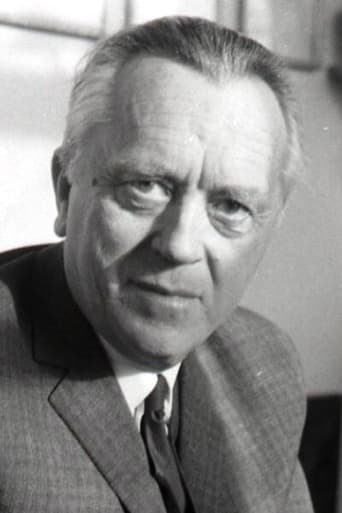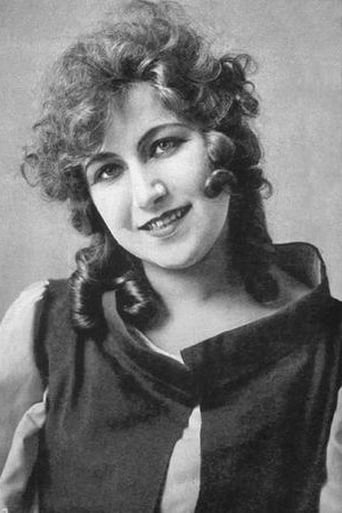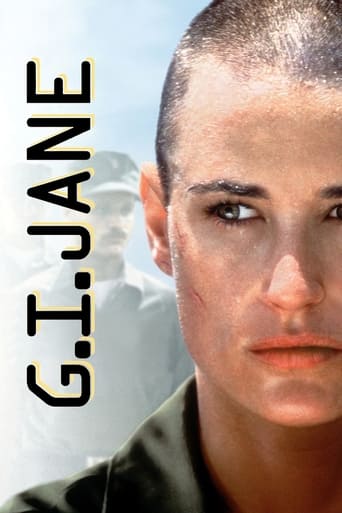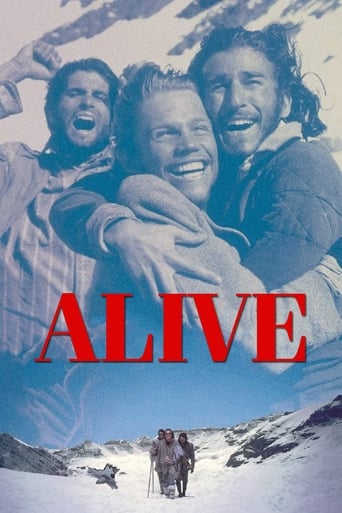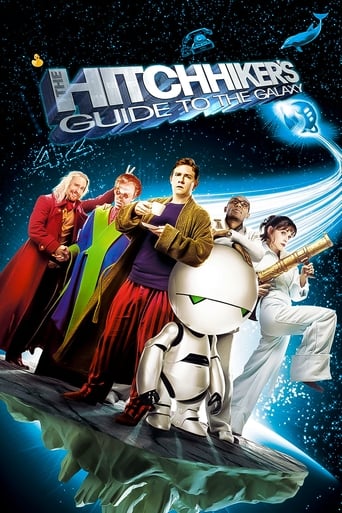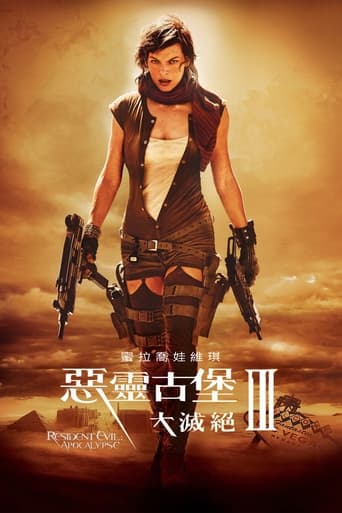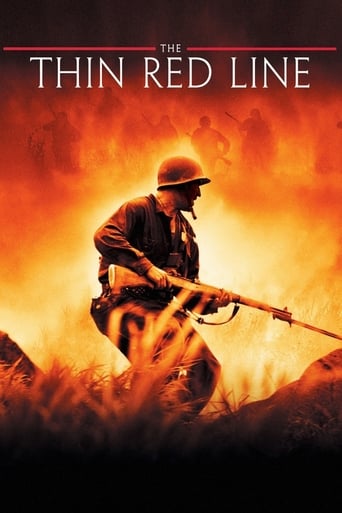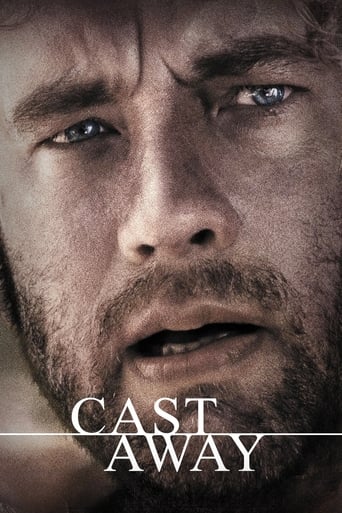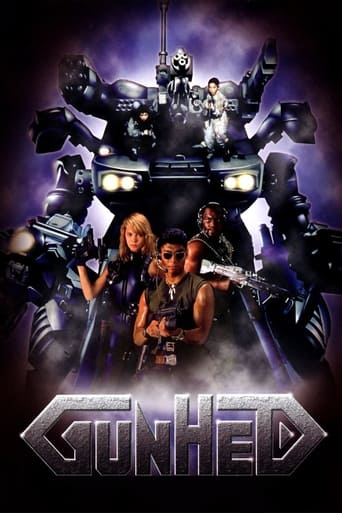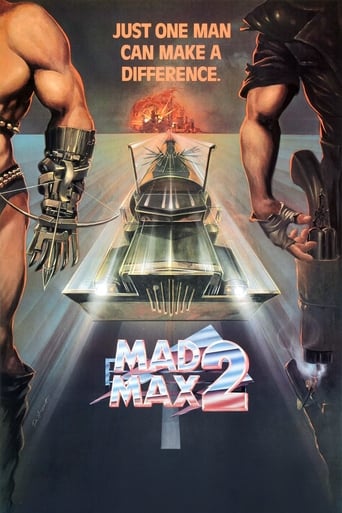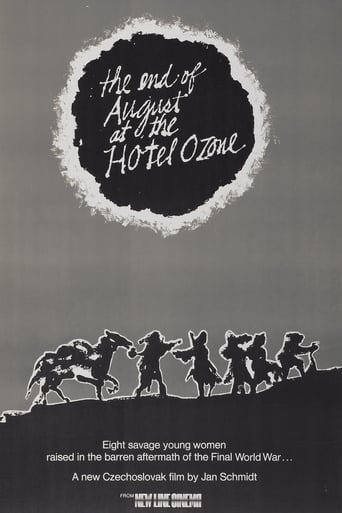

The End of August at the Hotel Ozone (1967)
A troupe of young women on post-apocalyptic earth are lead around by a mistress born before the war, eventually stumbling into the company of a lonely old man.
Watch Trailer
Cast


Similar titles
Reviews
I don't have all the words right now but this film is a work of art.
I cannot think of one single thing that I would change about this film. The acting is incomparable, the directing deft, and the writing poignantly brilliant.
This story has more twists and turns than a second-rate soap opera.
The acting in this movie is really good.
A group of woman following an, implied, nuclear holocaust go on a search for men who enable them to continue the human race.The group's leader is the only one to be born pre-war and the only with an idea of civilised values, and also seemingly the only one with common sense. e.g. at one point the other women break open a drum of flammable fluid using an axe.(Apparently exposure to high levels of radiation in the womb can lead to mental retardation. Just a thought.) The women in group are not Hollywood glamour types, but they are all healthy and attractive. Which is perhaps a little odd given that their diet seems to consist of fifty year old tinned food and whatever else they can scavenge. Though this is perhaps just as well because, apart from the occasional quirk, only physical appearance differentiated the group as individual characters.With the exception of the older woman leading them, the group seems to have descended to the level of barbarians. No thought beyond self-gratification, and no this not a reference to Sapphic shenanigans, the main enjoyment for the woman seems to be cruelty to animals, which there is quiet a bit of in the film, coupled with an attitude of want it, take it. (Note: If you are an old gentleman and a bunch of wild and armed amazons want your prized gramophone, probably best to just hand it over.) And no thought of the long-term future; when deprived of leadership, aimless wandering seems to be their only goal.Perhaps this is the point of the film; when deprived the benefits of education - though at least some of the women are literate - and a society to impart values, barbarism will become the norm.Certainly the point of the film wasn't to entertain people. Events such as searching an apparently deserted town or crossing a wild river, seem flat and devoid of drama. Probably because I found it difficult to really care about any of the characters.The film is about a hour-and-twenty minutes long; it feels longer.
This one heralds later works, Cormac Mccarthy's The Road and Michael Haneke's Time of the Wolf among them. It's a journey through a bleak barren landscape where characters are lost in it rather than found, set after an unspecified apocalypse that leaves the world an empty desolate place, not the end of the world like in an Emmerich film where destruction is an exciting spectacle to witness as but rather "an" end to the world, a hazy blur of abandonment filled with residues of mystery and nameless violence.The film is a blank canvas. Distraught characters are violent and aimless. The land works by some other order. Where people like Herzog, Malick or Tarkovksy found things of spiritual importance to say on this other order, Schmidt's film is empty and distanced. When the film needs to be stark, animals are murdered for the camera, a dog is shot or a cow is slaughtered. The basic means of expression in The Road are poetic, here they are allegoric. As the characters of McCarthy's novel stagger starved and hopeless through the scorched macadam we can taste bitter ash in our mouths. Here they simply walk through shrubs. We don't fear for their souls, so to speak.And then it gets interesting because the rugged band of amazons stumbles upon the ruins of an old hotel in the middle of the forest and there's an old man living there alone who sees in the young girls (all born after the apocalypse so they don't even have a word for "man" or "grammophone") a new future, new mothers for a new civilization of men. The first among the women, the leader, an old woman who was young before the apocalypse and can remember a time when "the cans didn't rust and the land didn't despise us", she doesn't allow herself to be dragged along on new hope, she is resigned to the end of times. The end is bleak and poignant, a hopeful future is not suggested, and the tiny pocket that preserves the civilization of the old world (where gramophones play music, where cows still make milk) is left behind to rot in the forest. What The End of August at the Hotel Ozone says about the communist regime of the time is at once vague enough to fool censors but clear in emotional duress.This was a very interesting precursor to dystopian films that deal with the end of the world in sombre quiet terms. If it's not terribly successful it's because it's faintly groping in the dark where no one else had gone before, because it uses vague characters to sketch a very clear picture in allegory.
I like the slow pace of the movie. Nothing happens for ages... And there's a lot of theatrical pathos. Nonetheless, what I like very much, is a kind of budget-wise method applied in the movie. Most of it happens in the open meadows - I suppose in some old abandoned army area somewhere in Czechoslovakia. Nothing much is shown, we can just guess.I have to admit, the film is really interesting. It is one of those few sci-fi films which have been made within famous Czechoslovakian film industry. There are few more rare and interesting titles which I recommend to see. Try "Upír z Ferratu" = Vampire from Ferrat (funny quotation of the classical film horror icon "Nosferatu") - film from 80' from a Czech director Juraj Herz. Kind of weird biotech sport car movie about a racing car which sucks the driver's blood... Reminds David Cronenberg.to hall 900: I just wanna mention, the old woman Martha, you like so much, is not called Ondřej Jariabek - he is the old man, but she is Jitka Hořejí.
I saw this last night at the American Cinematheque as part of their tribute to screenwriter Pavel Juracek, and I have to say WOW. I was thoroughly impressed, completely engrossed from the first frame. The Cinematheque's schedule described this as "MAD MAX directed by Andrei Tarkovsky", which isn't far from the mark. The actress who played the Old Lady, the leader of the amazons, has one of the most beautifully expressive faces I have ever seen onscreen, and this quality was only emphasized by the razor sharp black-&-white cinematography that brought out every tiny detail of emotional nuance. I found myself imagining that the Old Lady had been the teacher at an all-girl elementary school, and that after the Apocalypse she had merely extended her role of den mother into chief of the amazons' little tribe. The actresses who play her young charges, nearly all apparently amateurs (only a few have any other film credits), are all attractive to a greater or lesser degree, but not in a slick, Hollywood way. They're like healthy, athletic peasant girls and farmer's daughters. Many appear to be expert equestrians - how to describe the thrill of seeing one of them mount a galloping horse sans saddle or stirrups? Of particular note is the young woman who played Barboura, the Old Lady's heir apparent, a statuesque red(?)head, a Balkan Sophia Loren. What a shame that she and nearly all of the other amazons made only this film and no others. They're all completely believable in their roles as young women transformed by the rigors and loneliness of their post-apocalyptic environment into hardened, even cruel near-barbarians (all without any male influence, mind you). A word of caution for animal lovers: there all several scenes in which real animals - a snake, a cow - are actually killed onscreen, and very graphically. By today's standards this may seem callous, even evil, but in the context of the film I can understand how the filmmakers might have felt justified in doing so as these killings make the point of who these women are and what they've become (unlike, say, some of the egregious mondo thrills of onscreen animal slaughter in nearly every Italian cannibal film ever made). As for the dog mentioned by a previous reviewer, I'm uncertain whether or not it was killed. It may have been merely snared by one leg and pulled down to simulate its being shot, and it does appear to still be breathing after one of the amazons knocks its skull in just below the frameline; but it's hard for me to imagine an animal in such obvious distress being well-trained enough to suddenly go quiet after a 'pretend' blow to the head with a rifle butt. Besides, it's obviously a malnourished mutt and earlier in the film one of the actresses does connect with its head when she hurls a small log at it. Well, you can be the judge if you ever have a chance to see the film - which, if it does come up, I highly recommend you take.


